Best Seasons for Waterproofing Projects
Waterproofing is a critical process to protect structures from water intrusion, which can cause damage, mold growth, and structural deterioration. Proper timing ensures the effectiveness and longevity of waterproofing applications, making it essential to choose optimal seasons and weather conditions.
Spring and early fall are generally the best times for waterproofing, as moderate temperatures and lower humidity levels promote proper curing and adhesion of waterproofing materials.
Heavy rain, extreme cold, or high humidity can compromise waterproofing effectiveness. It is best to avoid application during these conditions to prevent issues like improper curing or material failure.
Most waterproofing products require temperatures between 40°F and 85°F for optimal application and curing. Temperatures outside this range can hinder adhesion and durability.
Ensure surfaces are clean, dry, and free of debris before application. Proper surface preparation enhances adhesion and prolongs waterproofing effectiveness.
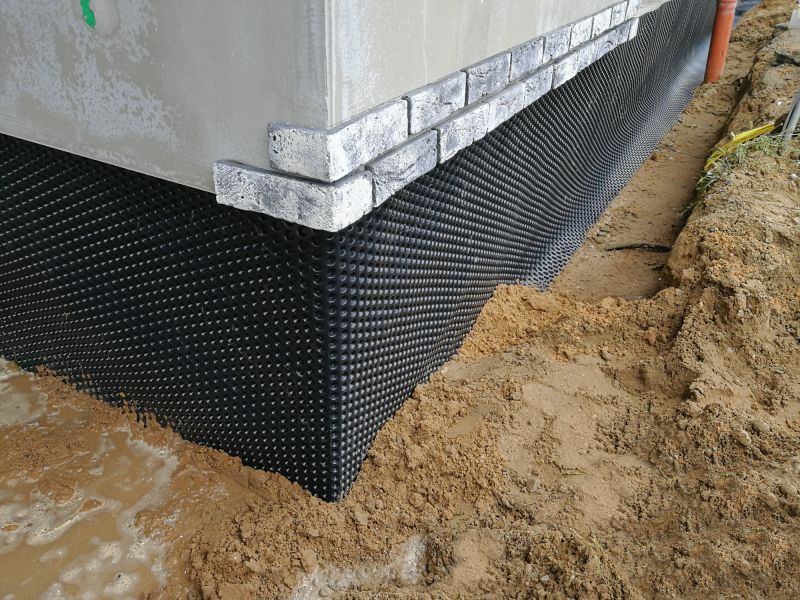
Waterproofing during spring benefits from moderate temperatures and less humidity, ensuring better application conditions.
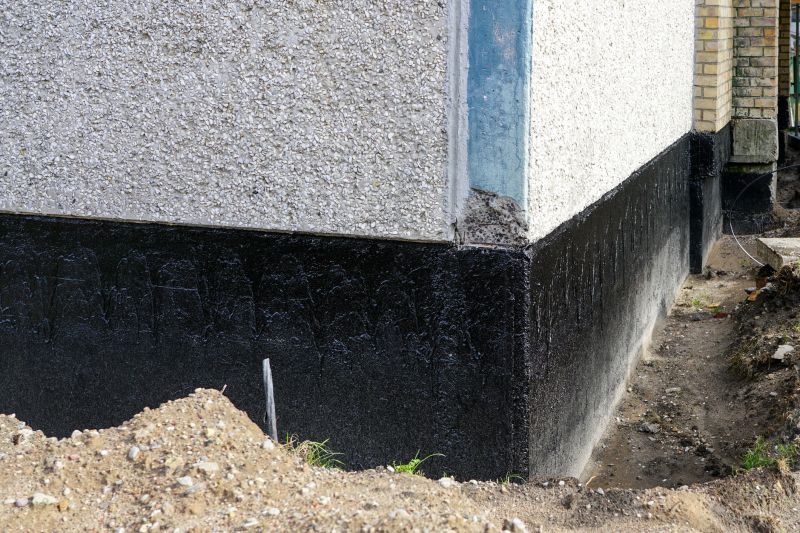
Early fall offers suitable weather with cooler temperatures, reducing the risk of curing issues caused by heat or rain.
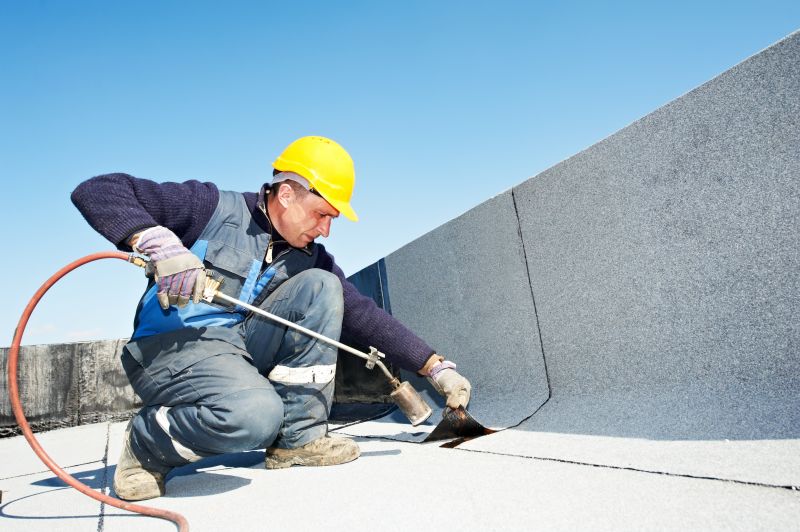
Cold temperatures and freezing conditions can prevent proper curing of waterproofing materials, leading to reduced effectiveness.
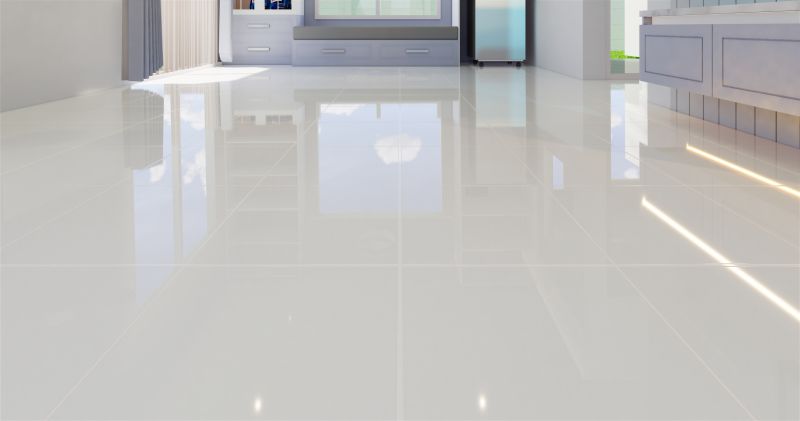
Ways to make Waterproofings work in tight or awkward layouts.

Popular materials for Waterproofings and why they hold up over time.

Simple add-ons that improve Waterproofings without blowing the budget.
| Season | Recommended Conditions |
|---|---|
| Spring | Moderate temperatures, low humidity, dry days |
| Summer | High temperatures may require early morning or late evening applications |
| Fall | Cooler temperatures, dry weather, moderate humidity |
| Winter | Not recommended due to freezing temperatures and high moisture |
Waterproofings are essential for maintaining the integrity of structures exposed to moisture. Proper timing, preparation, and application conditions significantly influence the durability and performance of waterproofing systems. Accurate scheduling aligned with favorable weather conditions can extend the lifespan of waterproofed surfaces and reduce the need for repairs.
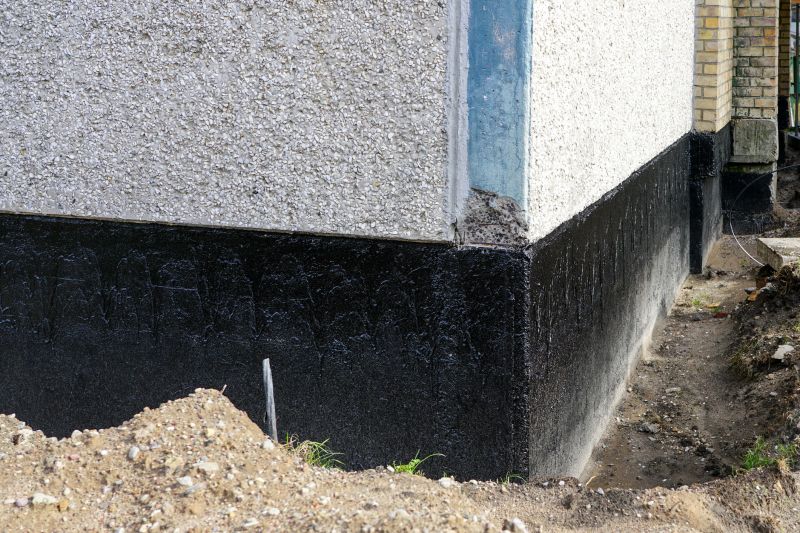
Spring offers optimal conditions for waterproofing projects, with warm, dry days ensuring effective curing.
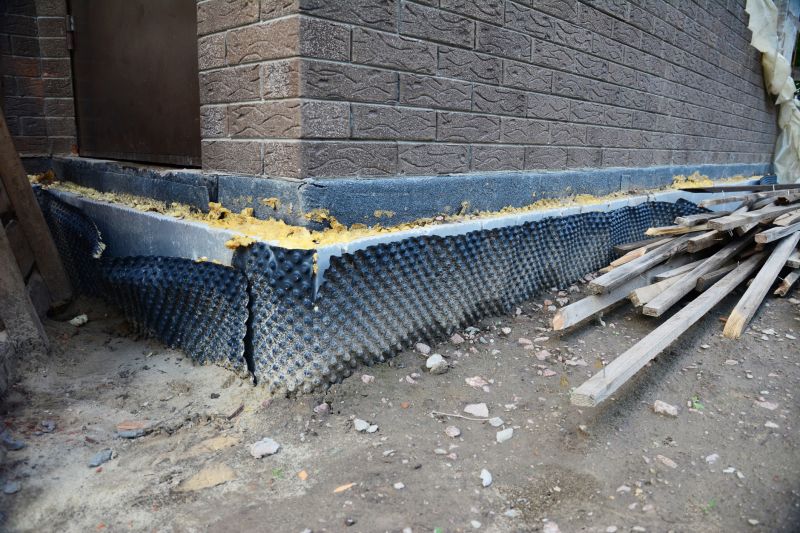
Applying waterproofing in fall can prevent water damage before winter sets in.
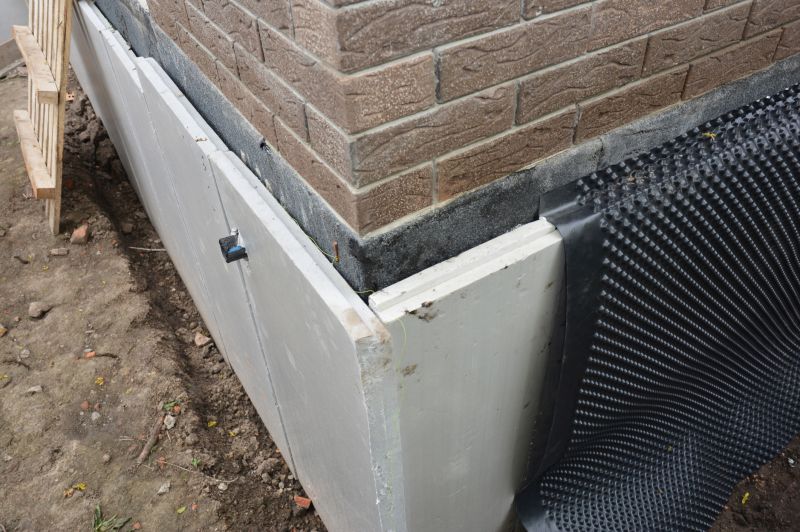
Unfavorable weather can compromise waterproofing results, emphasizing the importance of timing.
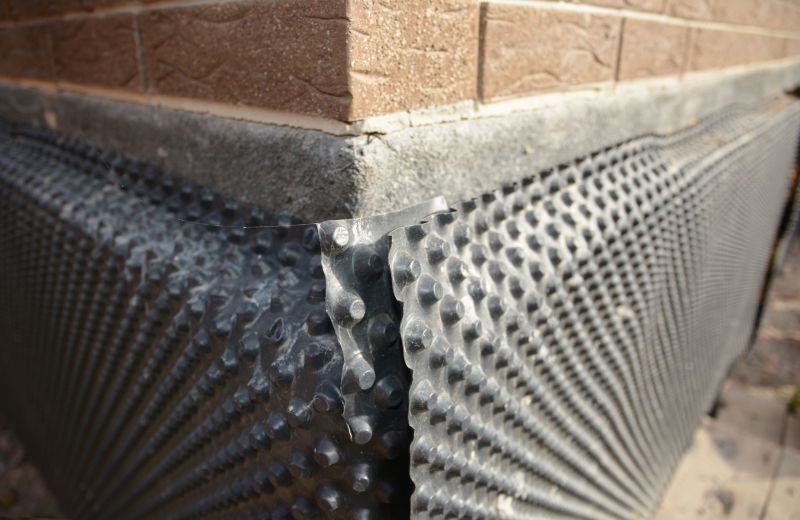
Proper surface prep is crucial for ensuring waterproofing effectiveness during the optimal application window.
Interested in waterproofing services? Filling out the contact form can provide more information and assistance in scheduling applications during the most suitable seasons for optimal results.


